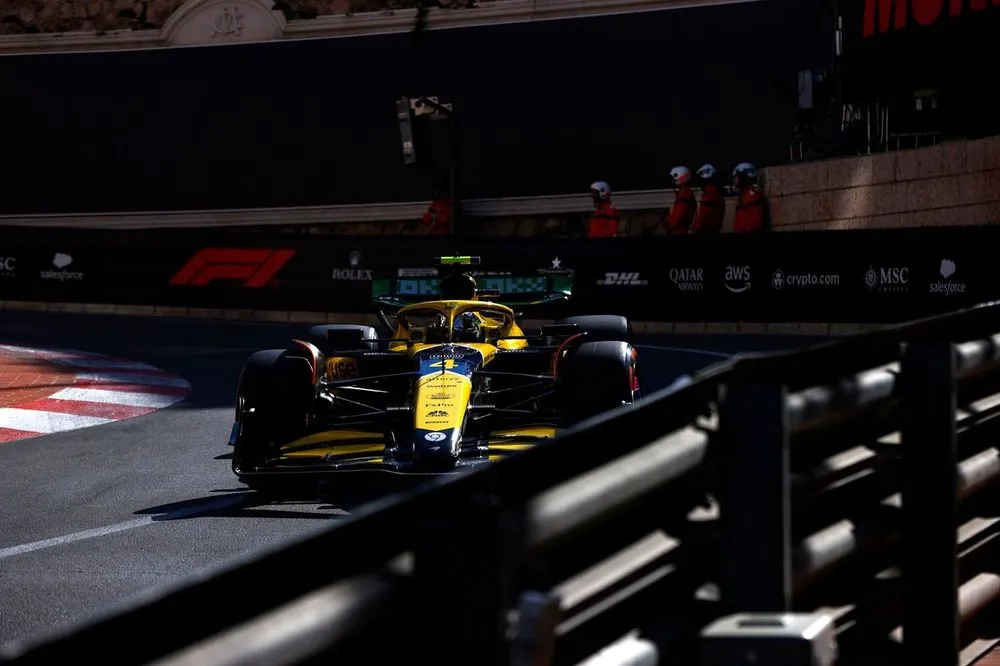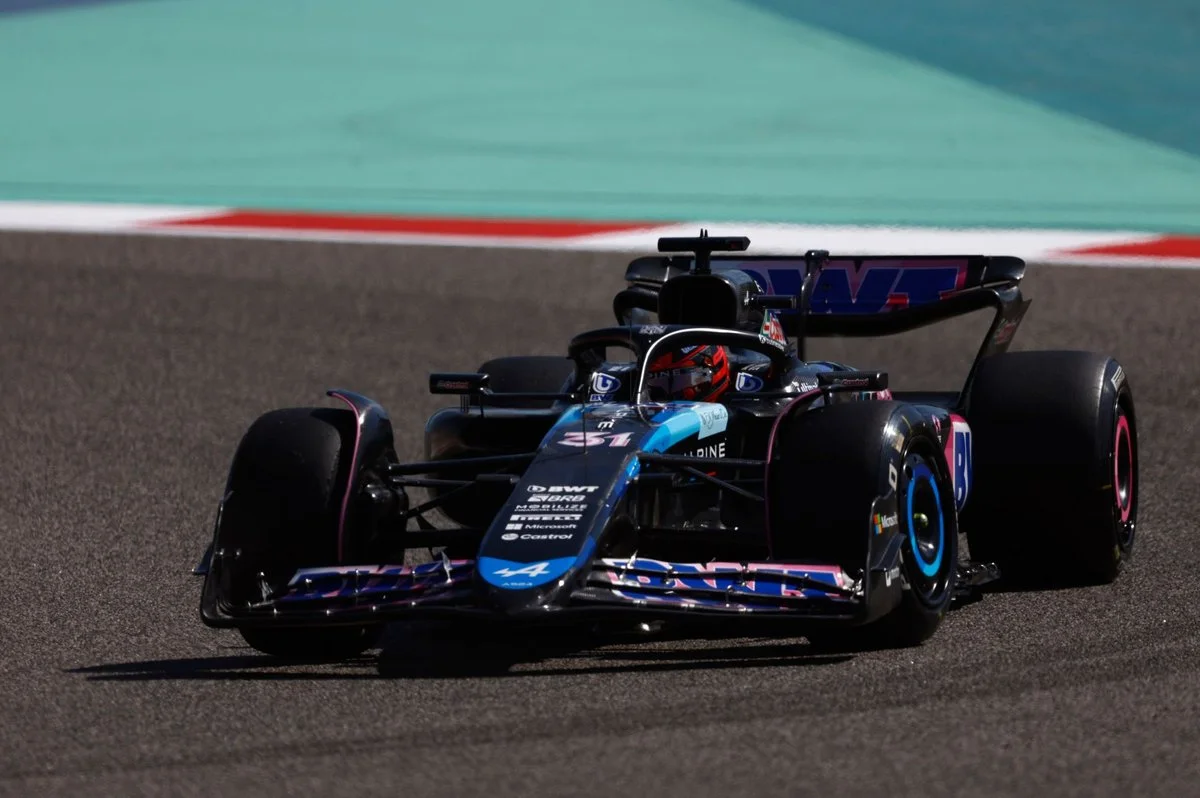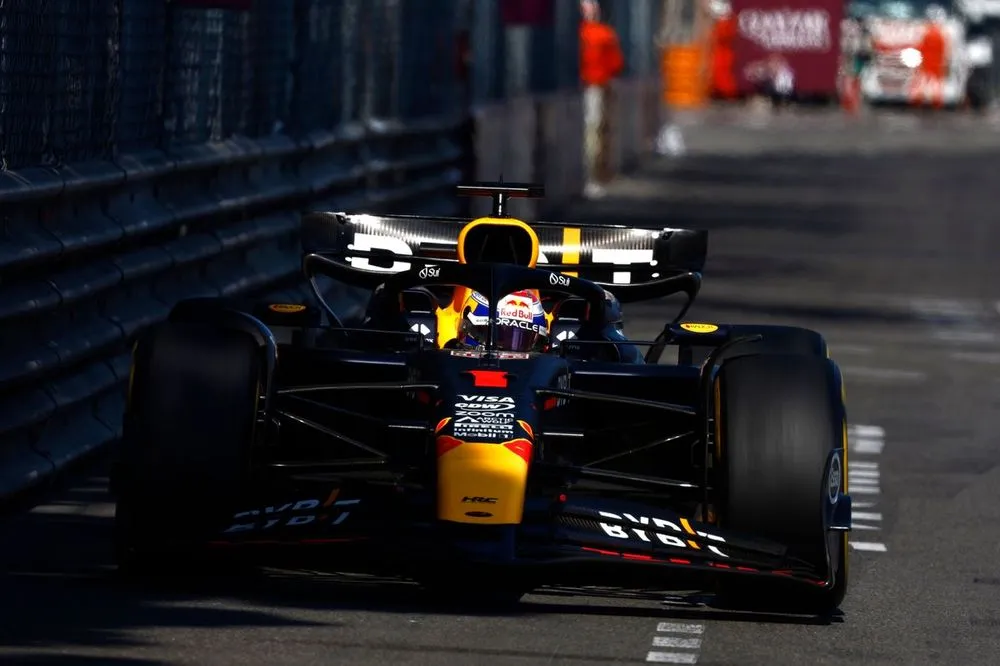Secret Revolution Has Enhanced GT Racing
.webp)
In the LMGT3 class of the World Endurance Championship, a tool for tracking performance and cost control has had an invisible but finally beneficial influence. Here's how:
In recent years, GT racing has seen almost continual fluctuations between Quibbles over Balance of Performance and accusations of sandbagging. Although the World Endurance Championship's sporting rules forbid openly questioning the BoP, this is not the only reason for grumbles being noticeably lowered this year as LMGT3 replaced GTE Am.
Currently providing torque meter sensors for the FIA, MagCanica has been used from the start of the Hypercar class in 2021 and has now made their way into the GT scene. Measuring torque from the driveshaft, they let the FIA and co-legislator Automobile Club de l'Ouest live monitor power outputs so any spikes beyond what is allocated in the BoP are seen in real time. Penalties enforce this, as Toyota's #8 Le Mans Hypercar at Spa in May shows.
Previously, attempts to achieve parity entailed working with engine maps on the dyno, but the difficulties of covering all potential atmospheric conditions meant it was "more or almost impossible to be very accurate," said the FIA's chief technical and safety officer Xavier Mestelan Pinon. By comparison, he says, "the best way to have the right accuracy" with the torque sensors.
In the same line, it eliminates any potential benefit from sandbagging. When the FIA can see exactly what power figures manufacturers are producing, manufacturers have no ability to request BoP changes.

"The crucial thing is to ensure you're on your power target all the time, without going over and getting a penalty and without being under and slow," says head of performance Gus Beteli of Aston Martin Racing. "It is difficult to remain constantly on top of things and get the optimum performance without running afoul of rules and facing fines. The FIA will review that information to determine whether you are or not reaching the power level. You are slower if you are not exceeding the power limit.
Attempts to have the sensors completely calibrated have not been the work of a moment. Even manufacturers who may rely on past knowledge from Hypercar have found a demanding procedure Beteli calls "not easy."
Apart from depending on the LMDh program of sibling GM brand Cadillac, Corvette already had experience using torque sensors from its C8.R GTE car, allowed to race in modified form against GT3 cars in the GTD Pro class with them fitted. Technical director of the Pratt Miller company building the Corvette Z06 GT3.R, Ben Johnson said it was "still a learning curve, they're very sensitive to the car they're on, how it takes the kerbs, how the engine reacts."
But the slope has flattened out with increasing miles. Efforts to "push it as far as you can, then bring it back to where you're confident it's going to be legal" had been tweaked to the point, by Le Mans, Corvette was "confident to race from Test Day onward." Now a degree of maturity has been attained, manufacturers realize that the higher accuracy and transparency resulting from torque sensors - with the FIA understood to have expanded its workforce to handle and operate them - constitutes a step forward. Read Also:
"It's been much better than it used to be in the past," Beteli notes. "Credit the FIA and ACO; their handling of the performance and data is very commendable. Following every race, we get together to talk.
Mestelan Pinon calls torque sensors "a very important tool" for not only maintaining the BoP but also for power output regulation, therefore discouraging expenditure on new projects to keep costs under control. " Clearly in WEC, it's to avoid [manufacturers deciding] to develop a crazy technology regarding the internal combustion engine,," he explains.

Not only in the WEC, Mestelan Pinon notes: "We are working with Formula E, Formula 1 of course, in the very near future in cross country also" for Ultimate group entries in the World Rally-Raid Championship. "Also on the table is adoption into the World Rally Championship from 2027."
He notes, however, that torque sensors are too costly to be considered for grassroots series and notes "honestly we don't need that" outside professional championships, even if costs for WEC entrants are reduced by not having to submit to engine performance tests during the homologation process.
Beteli concurs: "It's a costly piece of technology, not simply buying the sensor and driveshaft and all the work that goes into it. Certainly, though, as the technology develops if you can reduce the cost so that everyone can afford it, it would be great.
Although Mestelan Pinon notes "it's not something which is really cheap," pricing still stands as a deterrent to more use. Reliability has been improved though. Software created since the 2023 Algarve WEC round, whereby a sensor failure on the #7 Toyota forced it into a pitstop for repairs would have a different outcome from a repeat occurrence. "In every circumstance we have something to manage it to be sure we don't ask a car to stop," explains Mestelan Pinon.
Its influence is mostly invisible for now, and Mestelan Pinon understands that most of the fans only want to see a clash between drivers. "A lot of them don't care" how it is done, he notes, which fits a wish for technology "to be in the back office and not on the front office." However, in years to come, the use of torque sensors could be seen as a significant advancement benefiting a field of study showing no indications of slowing down its upward path.
Johnson notes, "It may operate behind the scenes," but "the fans and all the stakeholders then get the benefit of much closer racing, which is good for the sport and everybody involved."


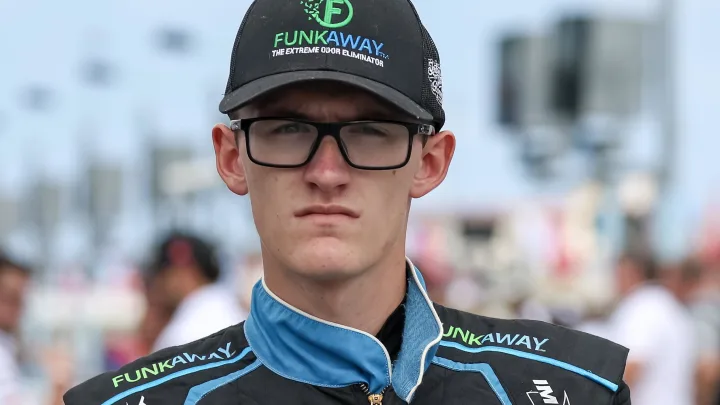



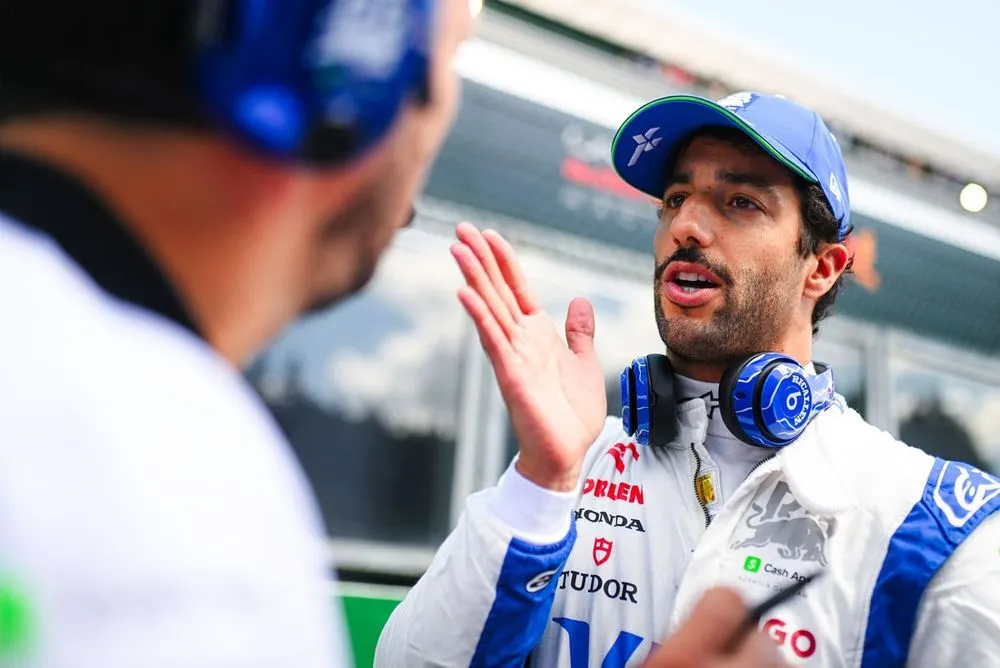
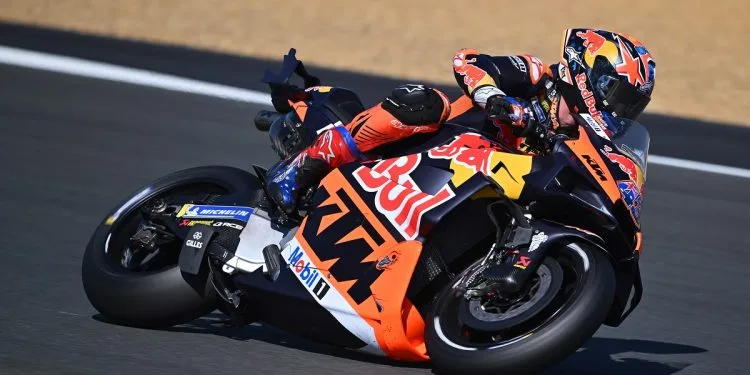
 (1).jpg)
.jpg)
 (1).jpg)
.jpg)


.webp)
 (1).webp)
